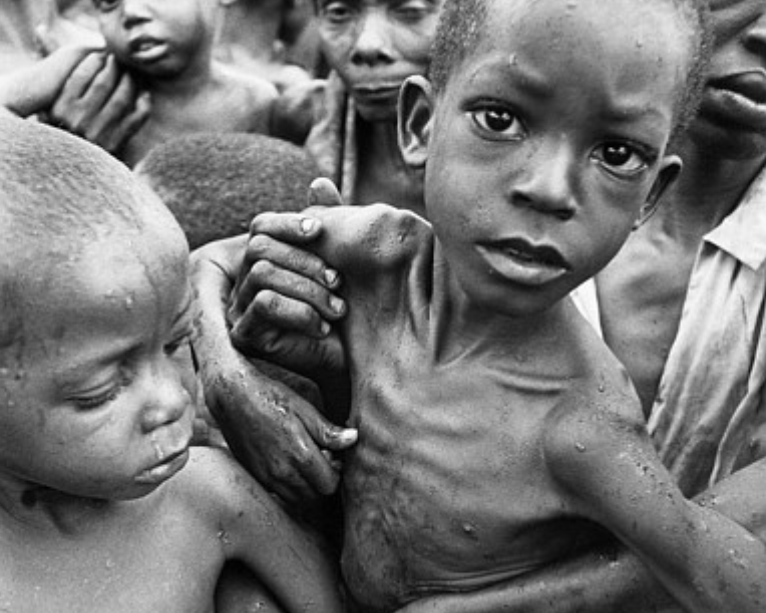
Data from the World Bank has shown that poverty is on increase in sub-Saharan Africa despite the region’s fast-paced economic development in recent years.
This is a contrast to what obtains in East Asia, Latin America and South Asia where number of citizens in extreme poverty that is those living on less than $1.25 per day, is on the decline.
“The number of extremely poor people has fallen in all regions except sub-Saharan Africa, where population growth exceeded the rate of poverty reduction,” reads a new World Bank report.
It also states that, in terms of poverty eradication, about 45 percent of sub-Saharan countries are “seriously off track” from meeting their Millennium Development Goals.
World Bank analysts estimate that the number of people living in extreme poverty globally has been cut in half since 1990. The organization’s Development Indicators measure myriad problems, from hunger and disease to labour issues and poor access to schools.
The International Monetary Fund (IMF) has forecast that the region’s Gross Domestic Product (GDP) will grow by 4.5 percent this year, higher than the 3.5 percent global average. But World Bank statistics say it ranks lowest among all regions in gender equality and environmental sustainability, while ranking highest in indicators such as child mortality.
In many cases, very fast-developing countries have yet to pass on the economic benefits to their poorest citizens for a few different reasons.
“I imagine that part of the reason is due to population growth that is outpacing real GDP growth in some countries, which slows growth in GDP per capita,” said Angus Downie, head of economics research at Ecobank, adding that it’s always difficult to reach broad conclusions for the entire region, with a variety of countries at different levels of economic growth.
“Another reason in some countries is due to a lack of economic diversification, which is highlighted when a country is hit by a drought or other external shock, pushing many people that live precarious rural livelihoods back into penury.”
Nigeria, for example, became the largest economy on the continent last year after adjusting the way it calculated GDP. It’s also one of the five largest oil producers in the world. However, just 4 percent of girls in the poorest levels of society stay in school until ninth grade, the report said.
The report further has it that despite the drawbacks, there has been important improvements in sub-Saharan Africa. “For instance, Rwanda has the highest rate of women participating in public life of any country around the world at 64 percent last year, compared to the 26 percent average of high-income countries. And though there is a major gap in Internet access between developed and developing economies, sub-Saharan Africa has overtaken South Asia in terms of subscribers, which will be important for future development”.
